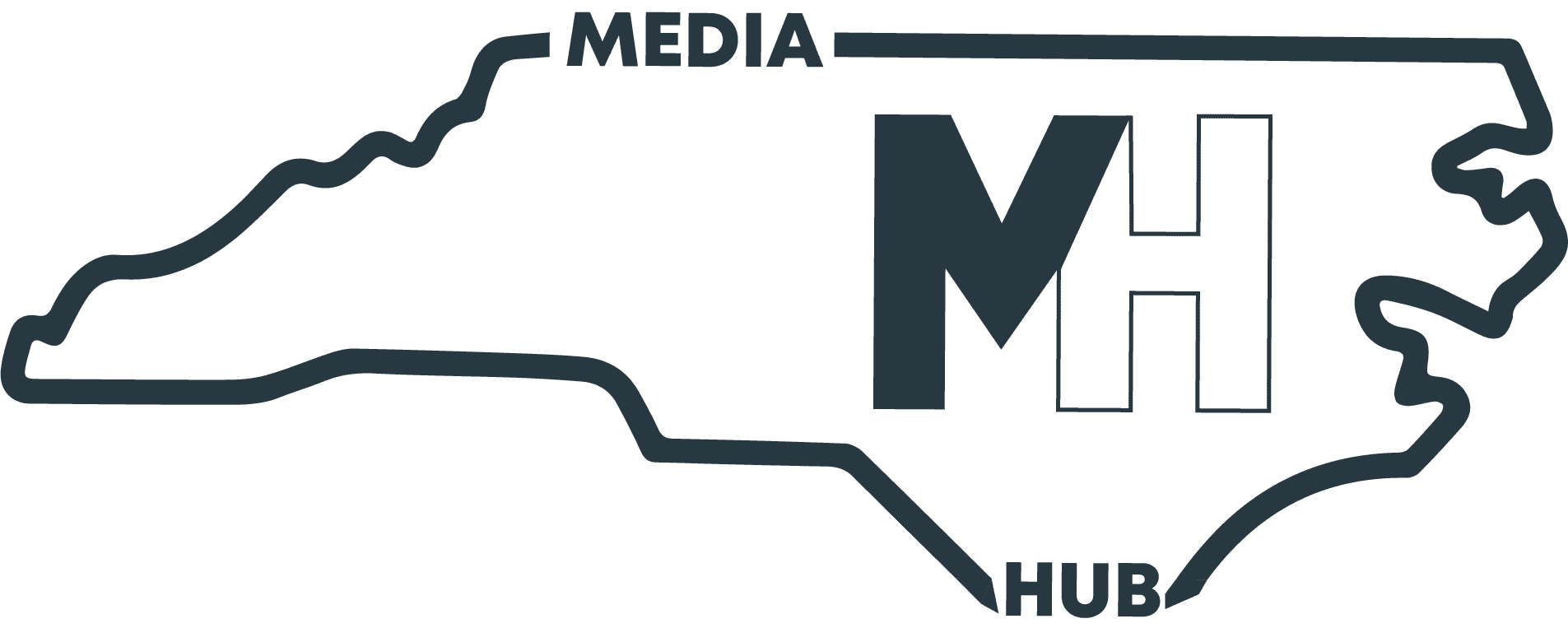Story by Cailyn Derickson
HUQOQ, Israel — Before the trip to Israel, I thought my strongest skill as a journalist was getting people to open up. I thought I could crack even the most reluctant person. It was just a matter of reading people. You have to relate to them. Joke with them. Share with them. Then, the details flow. I could get anyone to share his or her story with me.
Israel showed me different.

I went into the trip knowing I had a big job. I was one of 14 University of North Carolina at Chapel Hill student journalists reporting on the excavation of a fifth century synagogue. I was assigned to profile the lead archaeologist, Jodi Magness. She’s an important person in the world of religious archaeology, making finds on the excavation that have changed the view of Judaic history. She taught me in a class at UNC, and she was warm and bubbly in the classroom. With her story-telling style, she made ancient history come alive. I thought the profile would be a breeze.
On the dig, I sat down with her — along with two video cameras, three broadcasters, one radio journalist and one print reporter. We crowded her. I used my go-to questions: “Walk me through the moment when…” or “describe for me how you felt when…” But Magness one-worded me. “Yes.” “Right.” “No.”
She looked me straight in the face, and she laughed. “You and your moments.” She kept smiling, and I kept going. But soon, someone interrupted the interview and said that Magness was needed on the dig site. It was over. My stomach was in knots. It’s difficult to write a strong profile of a person if she won’t tell me her story.
Back at the kibbutz, the communal settlement where all the students and staff stayed, we huddled in the dining hall for dinner. I was quiet. My professor looked at me. “What’s wrong?” he said. I fought back tears. He reminded me that I traveled to Ethiopia alone and reported on cancer patients. “You interviewed a woman with a brain tumor,” he said. “You got this.”
I needed to interview alone with Magness and without any cameras.
The point of our reporting in Huqoq was to encourage student journalists from different mediums — print, radio, broadcast and photo — to collaborate in producing stories. In the physical classroom at UNC, we’re aware of the other mediums, but we don’t really work together. I write and I never stopped to understand non-writers. I learned more about other journalistic mediums on this trip than I learned about my own.
As much as I respect broadcast journalism, I needed to acknowledge that print and broadcast journalism have different methods, needs and styles. People freeze in front of the camera. Broadcast reporters are more to the point. There are different audience expectations. People turn to videos for a quick summary, while a written piece walks a reader through a story, filled with emotion and details. I can take more than an hour for an interview because I need to understand a person beyond their story. I have to understand their personality, struggles, successes and fears.
So, the next day at the dig, I pulled Magness aside. We sat in the shade. No camera in sight. My recorder rolling and we chatted. I wanted a conversation — not an interview. She was still reluctant to share. But I knew what to do. I told her I had her as a professor. We both loved the beauty of Israel. She shared that she moved to the country by herself when she was 16. We laughed at the unpredictability of archaeology. She said she loved that unpredictability.
We talked so long my professor interrupted us.
The best part of my conversation with Magness was when she described her moments.
A person’s life is made up of moments – when she was afraid or proud or happy or lost. Getting a person to describe those moments, to relive them in a way, is one of the keys to understanding what makes her tick. And this trip showed me I know how to capture those moments.
